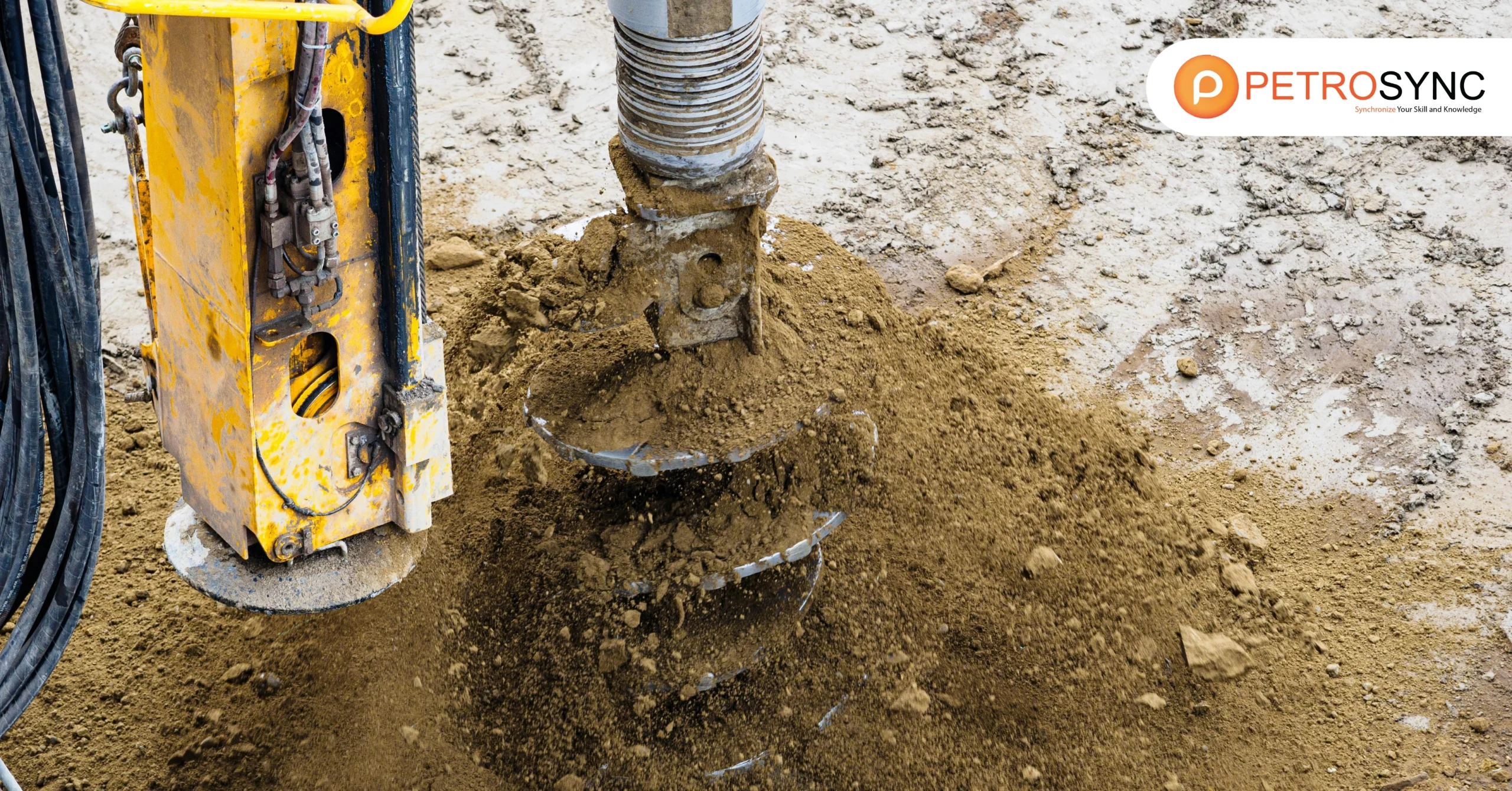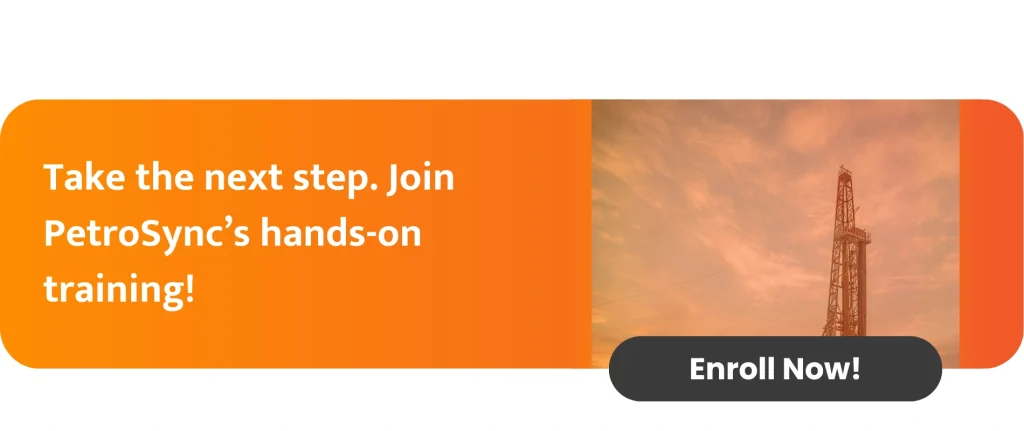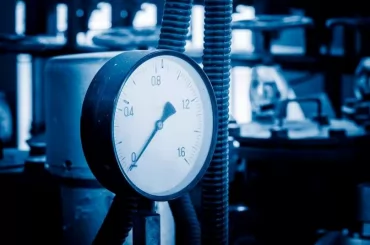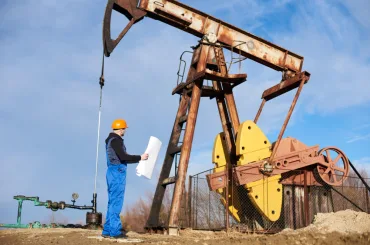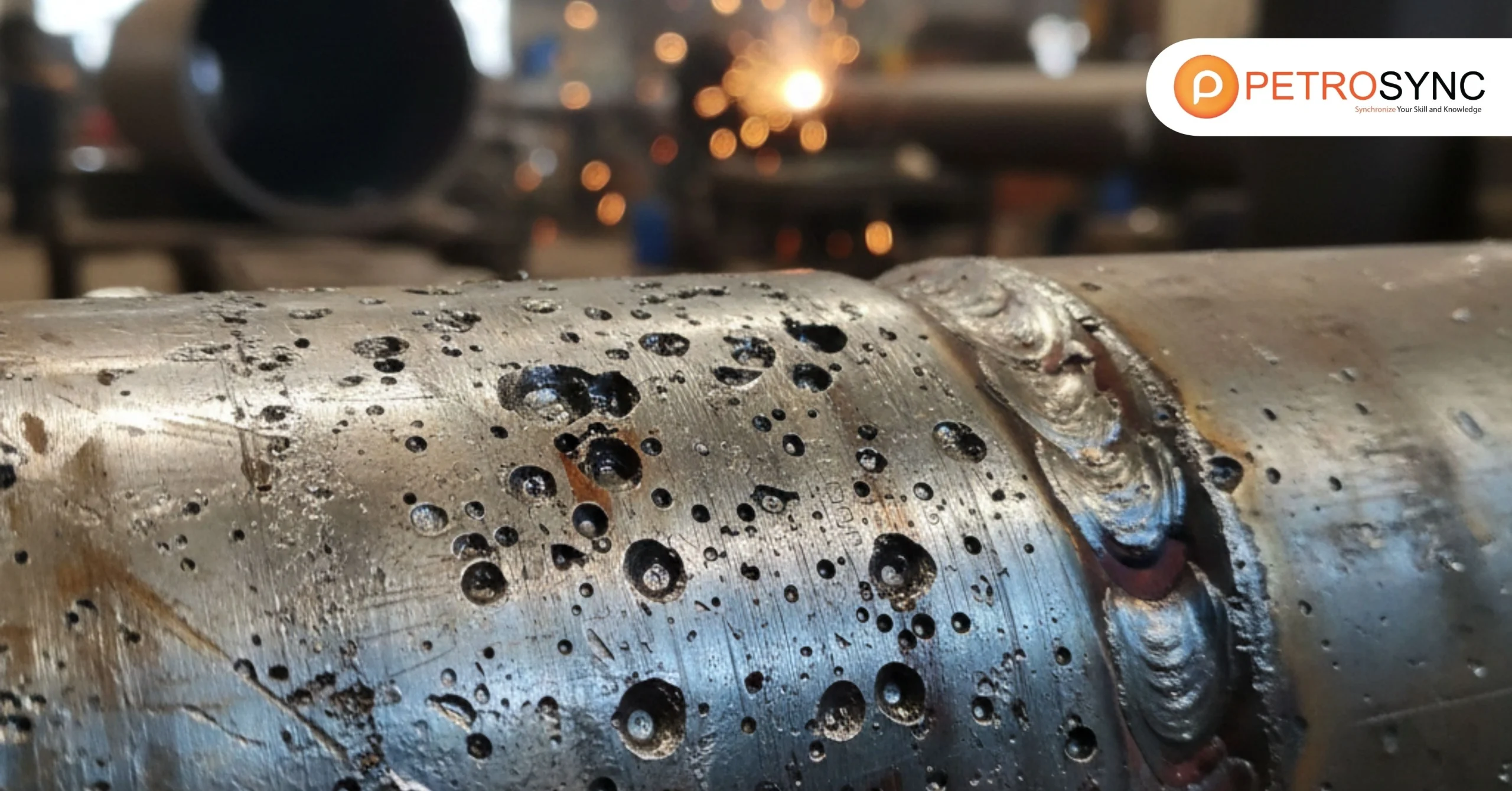In order to meet the world’s strength needs, an increasing number are required to get right of entry to reserves that are placed a long way from land, under huge ocean floors. Thanks to offshore drilling, a fundamental technological know-how that unlocks sizable strategic and monetary value, electricity groups can now get right of entry to these resources.
Offshore drilling promotes economic growth, fosters innovation in the electricity sector, and improves country wide electricity safety not with standing its operational difficulties and technical complexity.
The definition of offshore drilling, the enterprise environment, running procedures, and the exclusive types of drilling rigs are all protected on this page. We conclude through discussing how expert coaching ought to enhance operational effectiveness and management in this area of interest.
What is Offshore Drilling?
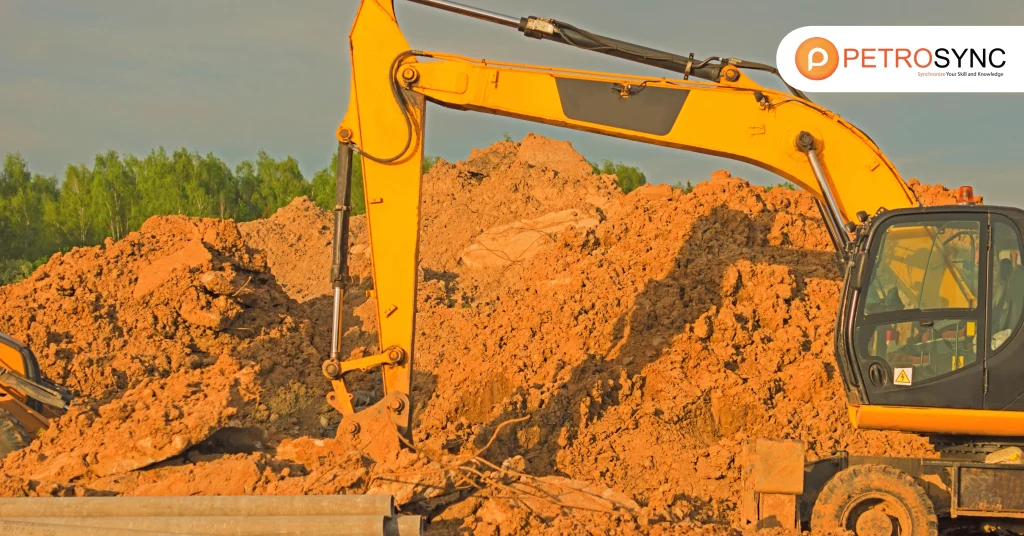
The manner of extracting herbal fuel and oil from reserves that are positioned underneath the seabed and backyard of coastal seashores is acknowledged as offshore drilling. In contrast to onshore drilling, this system necessitates specific tools and strategies to attribute in marine settings, which would perhaps range from shallow coastal waters to fairly deep oceanic zones.
Key to meeting world electricity needs, offshore drilling accesses fields that are normally unreachable via the skill of land-based methods. Regions like the Gulf of Mexico, the North Sea, and Southeast Asia including Indonesia – are rich in offshore hydrocarbon deposits. These reserves contribute significantly to the global energy supply chain.
Furthermore, offshore drilling lets in nations with confined onshore sources to reinforce electricity independence, decreasing reliance on gas imports and advertising financial stability. The operation desires the most fulfilling technology, environmental stewardship, and professional human capital.
What is the Offshore Drilling Industry?
The offshore drilling enterprise consists of a huge ecosystem of groups and specialists worried in exploration, drilling, production, and help services. It consists of oil and gasoline operators, drilling contractors, gear manufacturers, carrier providers, geoscientists, and engineers.
This region additionally generates huge monetary benefits, inclusive of high-paying jobs, authorities income from taxes and royalties, and ancillary boom in logistics and infrastructure industries. The technological developments fostered inside this enterprise spill over into associated fields, bettering average industrial competitiveness.
How does Offshore Drilling Work?
The offshore drilling manner starts off evolved with geological and geophysical surveys to pick out promising underwater reservoirs. Once a plausible web site is confirmed, a drilling rig – both constant or floating – is located for operations.
The drilling operation commonly follows these stages:
1. Spudding: Commencing the drilling of the property by means of penetrating the seabed.
2. Casing and Cementing: Installing metal casings and cement to stabilize and isolate the wellbore.
3. Drilling to Target Depth: Continuing drilling operations until the reservoir is reached..
4. Well Completion: Equipping the exact with valves and manipulating buildings to regulate hydrocarbon flow.
5. Production: Extracting oil or gasoline and transporting it to processing facilities.
Modern offshore drilling makes use of real-time monitoring, automatic drilling controls, and a lengthy way of sensing to optimize effectivity and safety. Environmental precautions such as blowout preventers, leak detection systems, and adherence to strict insurance plan insurance policies make high-quality minimal ecological impact.
What are the Two Types of Offshore Drilling?
Offshore rigs are generally categorized into two types based on design and operational depth:
1. Bottom-supported rigs:
These rigs relax on the seafloor the use of legs or constant structures and are many times used in shallow waters up to about five hundred feet. Examples consist of jack-up rigs and constant platforms. They furnish secure bases however have confined mobility.
2. Floating rigs:
Designed for deepwater and ultra-deepwater prerequisites (beyond five hundred feet), these rigs flow on the water floor and hold the role of dynamic positioning systems. Semi-submersibles and drillships fall into this category. They provide larger flexibility to operate in deep or hard waters.
The choice between rig types depends on factors such as water depth, environmental conditions, cost, and project requirements.
What are the procedures for offshore drilling?
Offshore drilling projects follow a detailed and highly regulated sequence to ensure safety, efficiency, and environmental compliance:
- Exploration Planning: Conduct seismic surveys, environmental impact assessments, and secure necessary permits.
- Rig Mobilization: Transport and set up drilling rigs and related gear at the site.
- Drilling and Logging: Perform drilling operations even as gathering geological data through logging.
- Formation Evaluation: Analyze records to determine if the reserves are commercially viable..
- Field Development: Install infrastructure such as platforms, pipelines, and processing facilities.
- Production and Monitoring: Manage ongoing extraction operations with non-stop security and environmental monitoring.
Close collaboration with regulatory agencies, environmental experts, and regional communities is indispensable at some stage in the process. Companies largely use technologies like predictive analytics and digital twins to prevent operational risks and improve asset management.
Boost Your Expertise with PetroSync Training – Join Today!
Understanding offshore drilling’s technical and operational complexities is vital, however analyzing strategic administration and administration interior this quarter is equally important. PetroSync offers tailored coaching applications designed mainly for senior managers, executives, and decision-makers in the power industry.
These applications cowl superior drilling engineering, offshore venture management, and contract negotiation, supplying members with actionable capabilities and insights. With instruction from global industry experts and real-world case studies, attendees gain certifications and access to exclusive professional networks.
Whether making ready to control complicated offshore initiatives or looking to future-proof your career, PetroSync equips you with the equipment to lead confidently and innovate continuously.

Results-oriented and thorough SEO specialist with extensive experience in conducting keyword research, developing and implementing digital website promotion strategies and plans, managing campaigns to develop company websites in the digital world, excellent knowledge of marketing techniques and principles, and attentive strong attention to detail.

